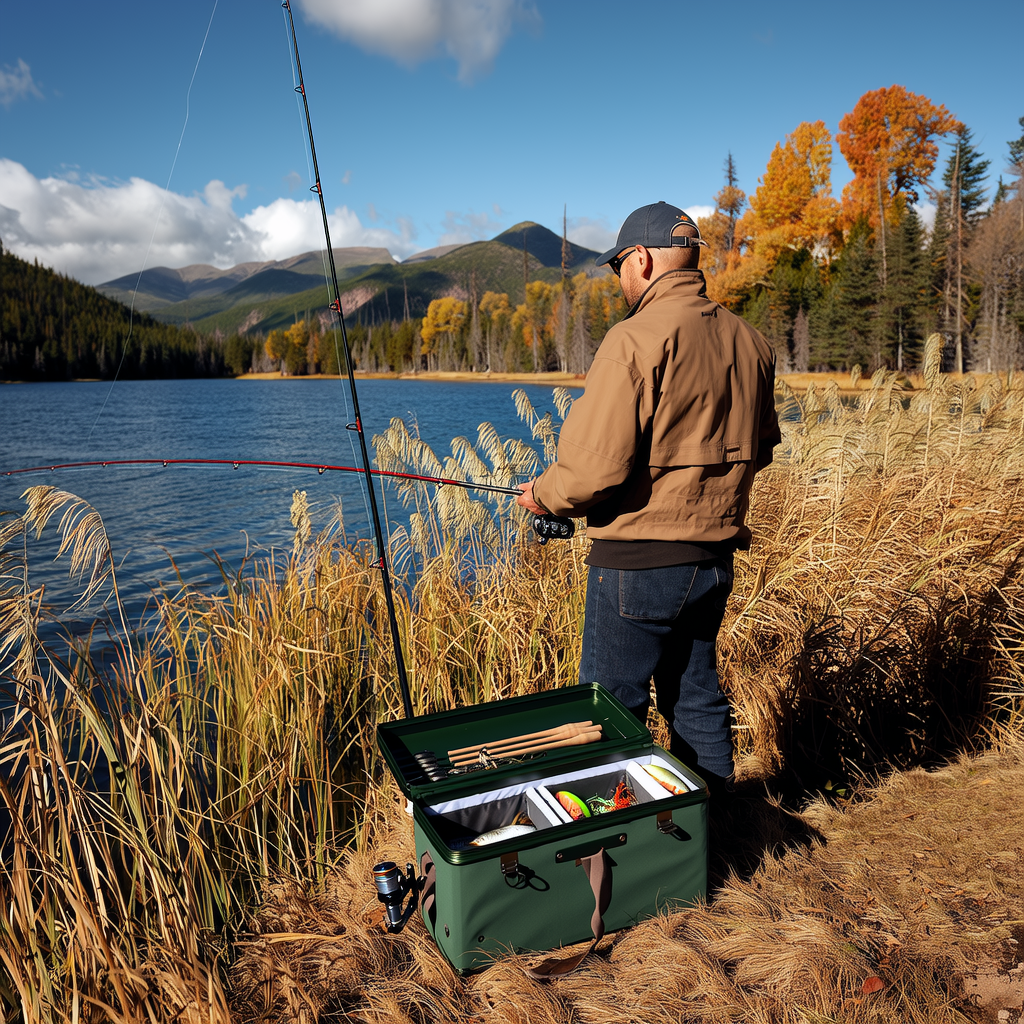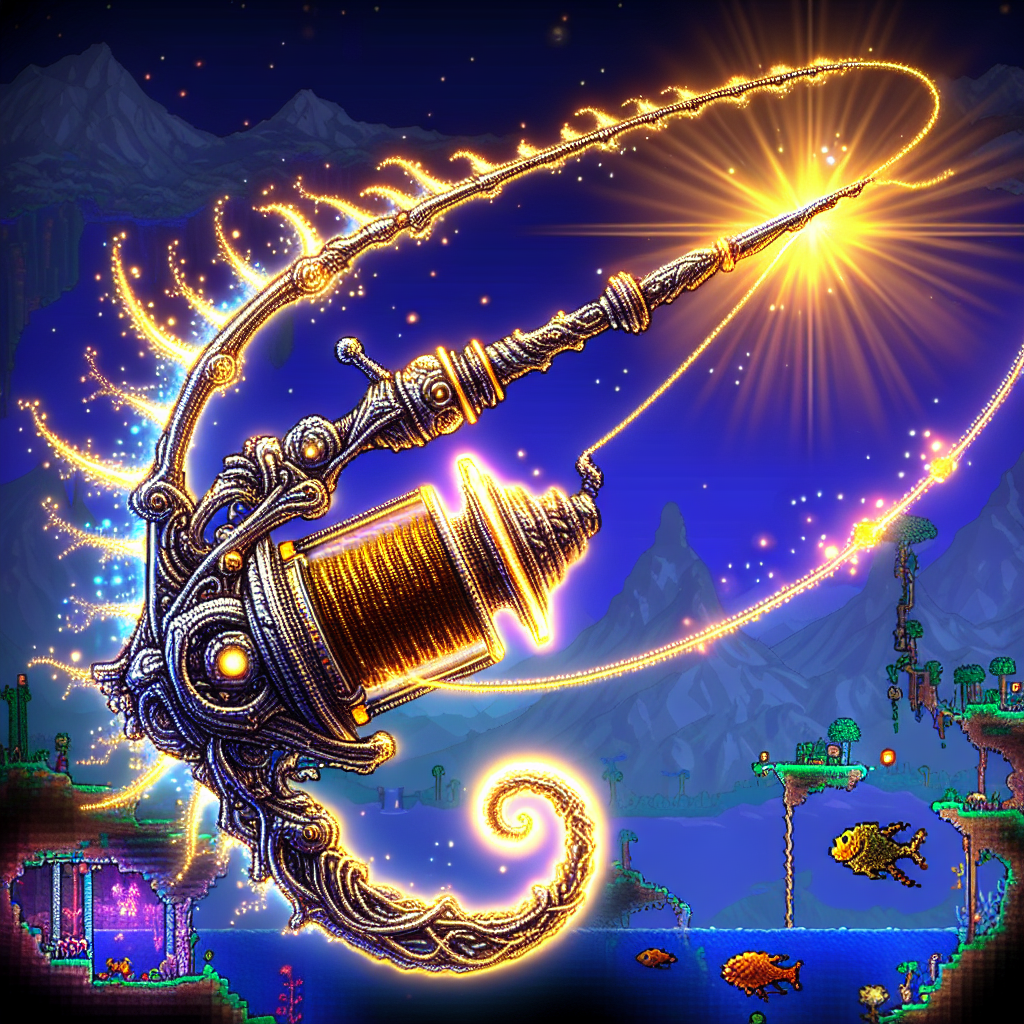Understanding the tides when it comes to fishing is essential for a successful experience. The tide is a major factor in determining how fish behave and move. Anglers that can adapt their techniques to the tide will have a better chance of consistently catching fish. This comprehensive guide will discuss the importance of tides for fishing, how they affect fishing, and some useful tips on how to make the most out of them.
Understanding Tides
The moon and sun’s gravitational pull causes the periodic rise and drop of sea levels. The proximity of the moon to Earth is what primarily affects the tides. As the moon circles our planet, its gravitational pull causes the oceans bulge outwards, resulting in high sea levels. Low tides occur when the gravitational pull is weaker, allowing water to recede.
Tides are in cycles. Typically, two high tides and 2 low tides occur in a single day. The time between two high tides or two low tides is about 6 hours and 12 min. Anglers must be able to recognize this pattern, as it can have a significant impact on their fishing success.
The importance of tides in fishing
The tides affect fish behavior, feeding patterns and their movements. Understanding these variations will help anglers determine when and how to catch fish. Fish are more active at certain tide phases, which results in increased feeding.
During high tides, fish can access more areas to hunt prey, especially inshore species. They can move closer towards the shorelines and feed on baitfish or other organisms that have been forced into shallower waters. This provides shoreline anglers with excellent opportunities to target predatory species.
Low tides, on the other hand concentrate fish in certain areas. As the water recedes fish are confined to deeper channels, holes, or structures like reefs and sandbars. These areas become prime spots for fishermen as fish congregate in search of cover and food.
Types of Tides
Each type of tide has its own characteristics and impacts on fishing. To optimize your fishing strategy, it is important to become familiar with these variations.
1. Spring Tide
Spring tides are caused when the sun and moon align in a straight-line, creating a stronger gravitational pull. During spring tides the difference between high tides and low tides are greater than usual. This phenomenon can offer favorable fishing conditions when combined with other factors such as the time of day or weather patterns.
2. Neap Tides
Neap tides are caused by the opposite, when the sun’s and the moon’s gravitational pulls are perpendicular. The difference between high and lower tides is therefore minimal. Neap tides can be less conducive to fishing because they result in weaker currents, and fewer fish. Anglers can still catch fish at neap tidal conditions by adapting their technique.
3. Slack Tides
Slack tides are the period between the ebb (outgoing tides) and flood (incoming tides), when the water movement is restricted. Fish are less active during slack waters and their feeding activity tends decrease. Anglers should avoid fishing at slack tides, unless they have specific information on fish behavior during this time.
Tide Charts & Predictions
Anglers need accurate and current tide charts. Tide charts are a valuable tool for predicting high and low tides and their intensity and timing. You can plan more effectively by consulting a tide map specific to your fishing area.
Many websites and mobile apps provide tide information. These platforms use data from multiple sources to generate tide forecasts. They also offer features like a graphical representation of the tides, sunrise/sunset times, weather forecasts and even user-generated reports.
Fishing Techniques Depending on the Tide
You can increase your chances of landing fish by adapting your fishing technique to the tide. Consider the following strategies based on the tide:
1. High Tide Fishing
During high tides, predatory fish move closer to shore to feed on baitfish or other organisms. This is a great opportunity for those who prefer to fish from the shore or surf. Casting near structures like jetties, piers or submerged rock can produce great results. Use lures or baits that mimic the prey species at high tide to attract fishing.
2. Low Tide Fishing
Low tide concentrates the fish in certain areas, making it easier to predict and target them. Look for deeper holes or channels or structures like reefs, dropoffs or sandbars. These areas provide fish with cover and food. During low tide, bottom fishing with baits such as shrimp or fish cut into pieces can be very effective.
3. Change of Tides
Fishing can be productive during the transition between high and low tides. As the tide changes it stirs the water, creating movement that attracts fish to new feeding grounds. Try different techniques such as trolling or casting lures to cover more area and increase your chances of getting a fish.
Factors that affect fishing besides tides
While tides are important in fishing, you should also consider other factors to maximize your success.
1. Weather Conditions
Weather conditions directly affect fish behavior. Changes in atmospheric conditions, such as sunlight, temperature and wind, can have a significant impact on where and how fish feed. Certain fish species may benefit from overcast days or low light conditions, while others might prefer calm waters or a specific temperature range.
2. Moon Phases
The moon’s phase can affect fish behavior, as well as the tides. Some anglers think that certain phases of the moon, such as a full moon or a new moon, can trigger an increase in feeding activity. When planning your fishing trip, it is important to consider the moon phase.
3. Seasonality
Seasonal patterns have an impact on fish migrations, feeding behaviors, and availability. Water temperature, spawning times, and migration routes can change with the seasons. Understanding these seasonal variations will help you target the correct fish species and locations at the right time.
Conclusion
Tides are a major factor in fishing. They influence fish behavior and their movement. Knowing about tides and how they affect your fishing can improve your success. You can maximize your fishing experience by considering factors such as high and low tides and tide charts. Remember to adjust your approach depending on the weather, moon phases, seasonal patterns, and tide. Happy fishing!




